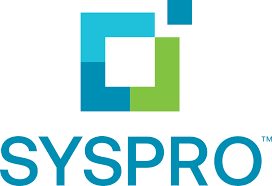Description
Introduction to SAP PaPM
SAP Profitability Analysis and Performance Management (PaPM) is an advanced solution within the SAP ecosystem designed to help organizations assess and manage their profitability, performance, and cost structures more effectively. With a focus on analyzing profitability across different business segments and identifying key drivers of financial performance, SAP PaPM enables businesses to gain real-time insights into their financial health and make informed decisions for sustainable growth.
SAP PaPM integrates seamlessly with other SAP solutions, such as SAP S/4HANA and SAP BW, to provide an end-to-end performance management framework. By leveraging advanced data modeling, analytics, and simulation capabilities, SAP PaPM allows organizations to perform detailed profitability analysis, cost management, and scenario planning, all while ensuring compliance with accounting standards like IFRS and GAAP.
Prerequisites
To effectively implement and use SAP PaPM, the following prerequisites should be considered:
- SAP S/4HANA or SAP BW Integration: SAP PaPM integrates with SAP S/4HANA or SAP BW, so a correctly configured environment is required.
- Financial Management and Accounting Knowledge: A thorough understanding of profitability analysis, cost accounting, and performance measurement is essential.
- SAP Financial Modules: Familiarity with SAP Financial Accounting (FI) and Controlling (CO) modules, as PaPM relies on data from these areas.
- Data Management and Analytics Skills: Proficiency in working with large datasets and performing financial analysis and simulations.
- Cloud and On-Premise System Knowledge: Understanding of cloud and on-premise architectures, as SAP PaPM can be deployed in both environments.
TABLE OF CONTENT
Conclusion
SAP PaPM (Profitability Analysis&Performance Management) provides a powerful framework for organizations to manage and analyze profitability across different business dimensions. By leveraging real-time insights, cost allocation, and scenario planning, SAP Profitability Analysis&Performance Management enables organizations to make data-driven decisions that optimize performance and drive profitability. The seamless integration with other SAP solutions ensures a holistic approach to financial management, helping businesses stay agile and responsive to market changes. Implementing SAP PaPM allows organizations to improve financial visibility, enhance forecasting accuracy, and align operations with strategic goals, leading to improved profitability and long-term business success.







Reviews
There are no reviews yet.